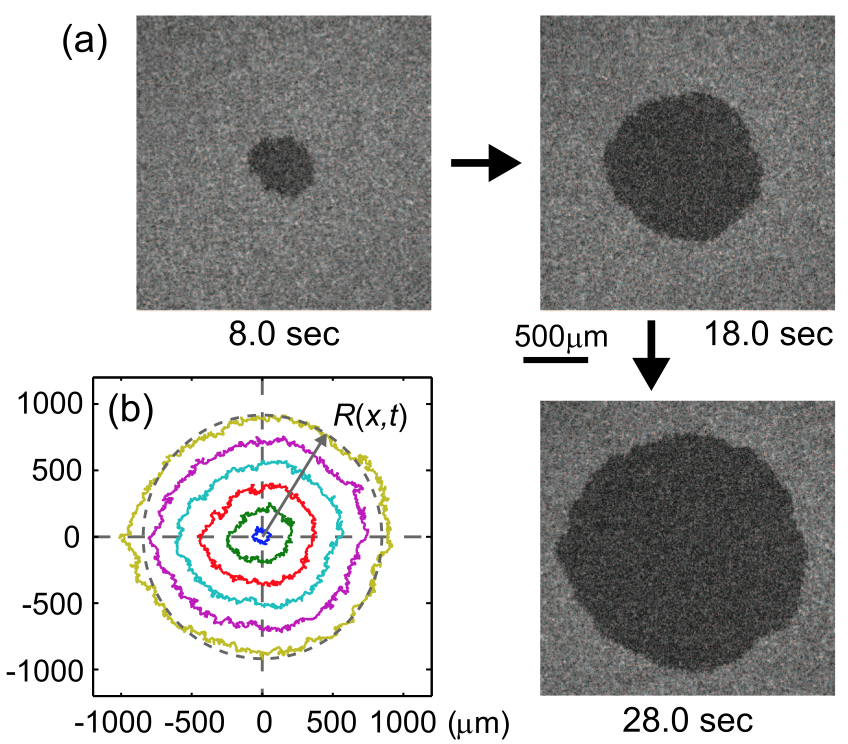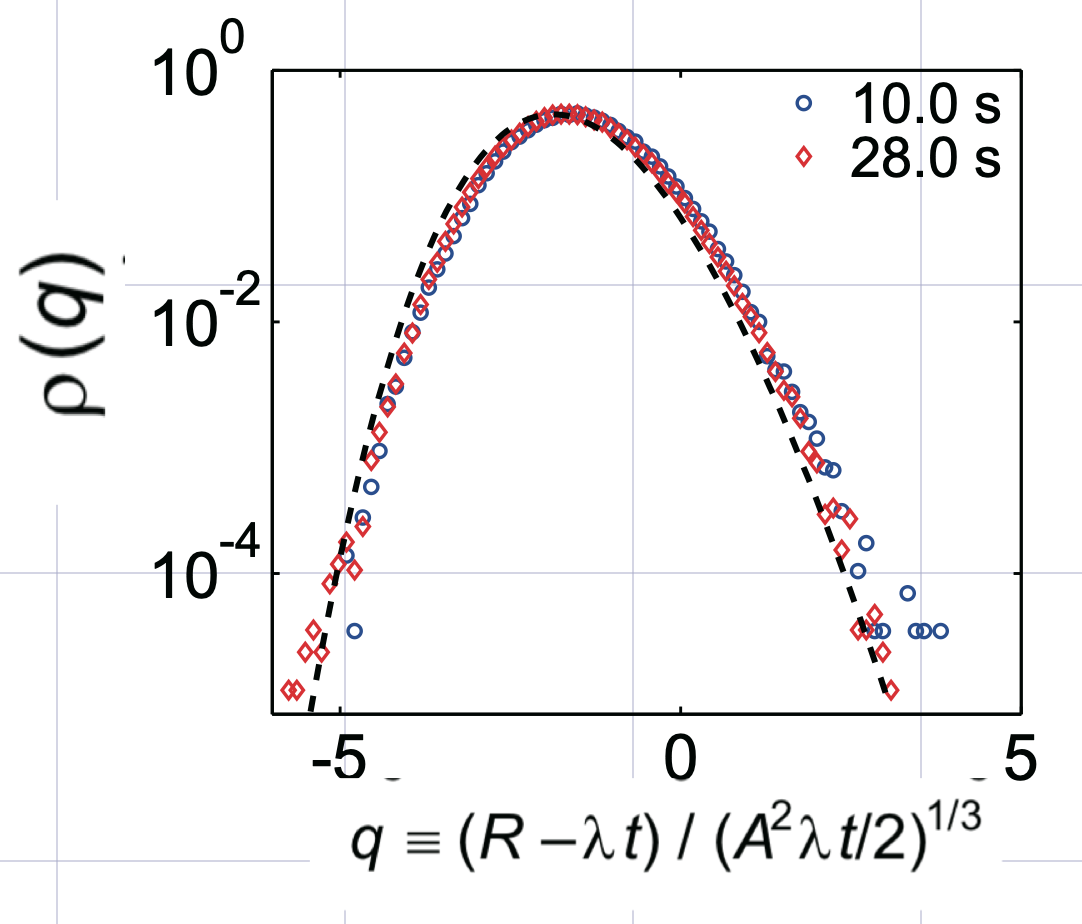I have seen Painlevé transcendents appear a few times in the context of field theory. For example, they appear in model solutions of Hitchin's equations for Higgs fields. (See [MSWW16] and references therein.)
I have also discovered the Hastings-McLeod solution in a certain rescaling limit of the Ginzburg-Landau equations. (Unfortunately this is unpublished.)
Both instances occurred in the context of radially-equivariant solutions to a non-linear elliptic PDE in two dimensions. The resulting ODE is unstable, and there is a distinguished solution which is well-behaved at both $r=0$ and $r=\infty$.
If you have a reasonably-natural nonlinear ODE which is not Painléve, you might be able to add some parameters, take a limit, get lucky, and find something which is Painléve. I also have a vague intuition that their appearance is related to their nice asymptotics.
[MSWW16] Mazzeo, Rafe; Swoboda, Jan; Weiss, Hartmut; Witt, Frederik, Ends of the moduli space of Higgs bundles, Duke Math. J. 165, No. 12, 2227-2271 (2016). ZBL1352.53018.


